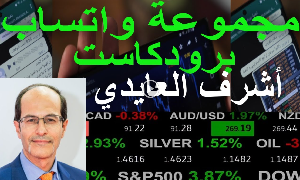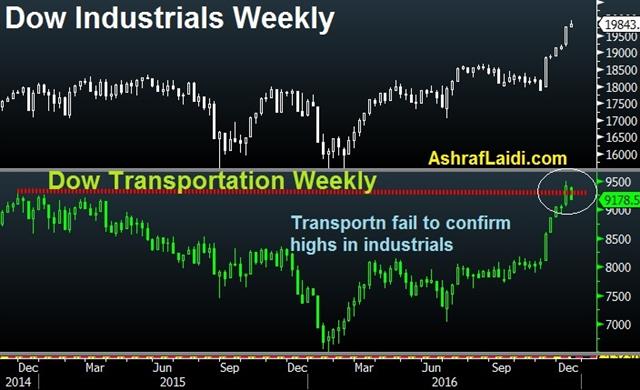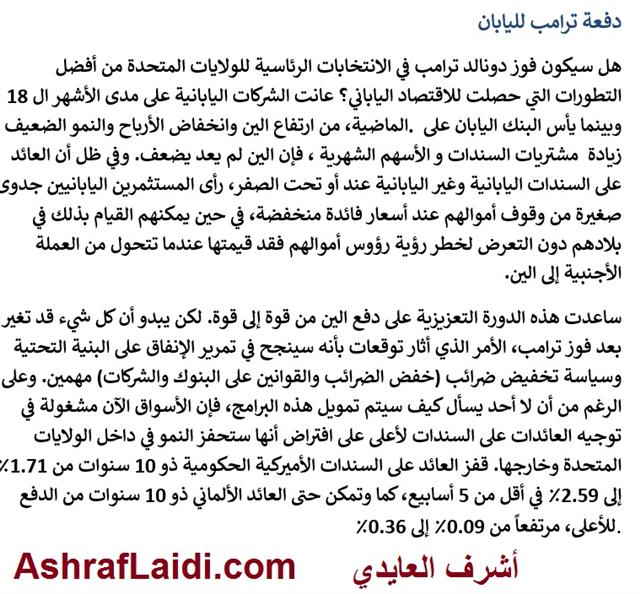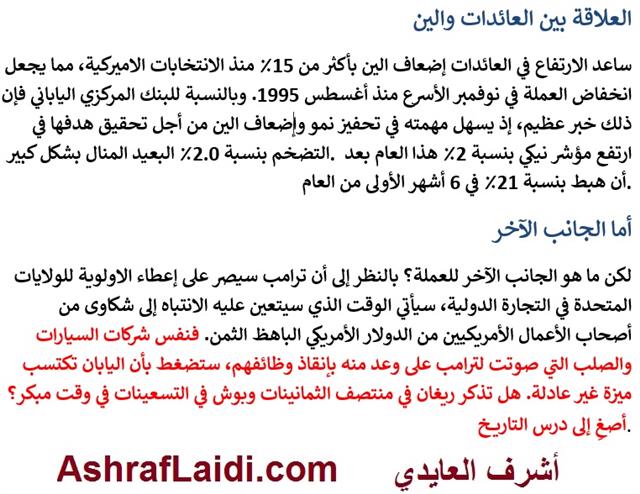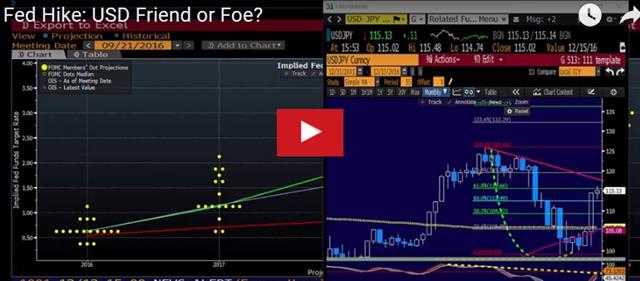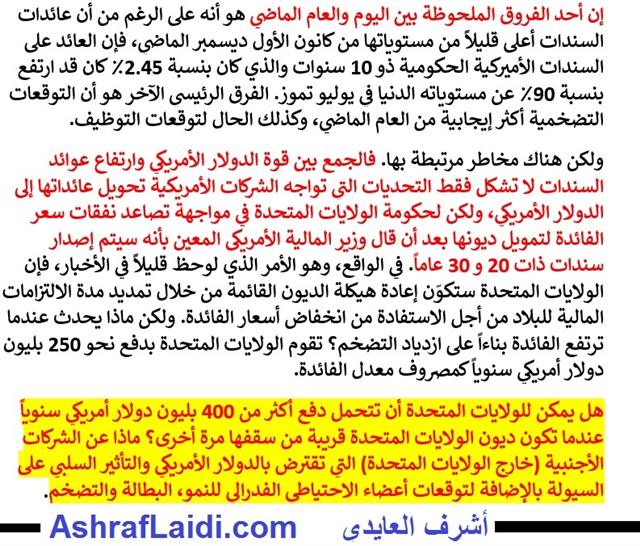Intraday Market Thoughts Archives
Displaying results for week of Dec 11, 2016No Transports Confirmation of Industrials
In another record-breaking week in the Dow Jones Industrials Average, the Dow Jones Transportation Average has failed to confirm the Industrials high as required by the Dow Theory. NZDCAD Premium short was closed with a 185-pip gain, while allowing the other remaining CAD long in progress, currently in +100-pip gain. Read more.
Euro Breaks Down, Dollar Breaks Out
The Fed decision broke the dam of dollar buying and has technically swamped the euro, yen and others. The 1.0450 lows gave way in EUR/USD, clearing the way to a deeper decline. But economic data raised some questions about US inflation. EURUSD was stopped out and a new trade was opened in a commodity to the 4 existing trades.
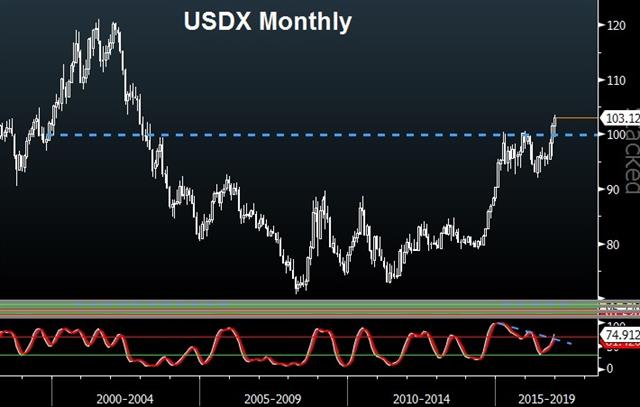
The dollar buying on the heels of the FOMC rate hike extended in a big way on Thursday. The huge level that gave way was the 2015 low of 1.0462 in EUR/USD. A close below there would clear the way to parity and perhaps lower. The pair is trading near 1.04.
US dollar buying accelerated early in New York trading and has exceeded 100 pips on nearly every major cross. The other big breakout is in USD/JPY as it takes out the 61.8% retracement of the 2015/16 decline. The pair is up 350 pips since the FOMC decision.
Notably, the Fed didn't set the stage for anything that was not priced in. The statement was mundane and non-committal. The headline-grabber was the rise in the dots and how Yellen said the media projection was consistent with a gradual hiking cycle.
It's clear that the market is now full-on buying into the Republican administration and the potential for growth in 2017. What's not yet clear is that inflation is coming. US CPI rose 1.7% y/y in the November report released Thursday. That matched expectations but wage growth was just 0.5% y/y, down from 0.9% in October.
Other data was more upbeat with the Philly Fed rising to 21.5 from 7.6. The NAHB home builder index also rose to 70 from 63 to match the best level since 2005. Seemingly the only thing that can derail the US dollar rally in the near-term is year-end and the associated flows.
| Act | Exp | Prev | GMT |
|---|---|---|---|
| Eurozone Final CPI (y/y) [F] | |||
| 0.6% | 0.6% | Dec 16 10:00 | |
أشرف العايدي على قناة العربية
Fed's Higher Dots Spur USD
The Fed's 25-bp rate hike was no surprise, but the Fed's dot plot to forecast three rate hikes in 2017 caught bond and FX markets off guard, as these were expecting the dots to remain two hikes for next year. The US dollar soared across the board, with the DXY hitting fresh 13-year highs at 102.35 (before pulling back to 101.76), while EURUSD dropped towards 1.0520s, and now breaking below 1.0480s. Aussie jobs report due at 0:30 am GMT. USDJPY Premium trade was closed with 240 pips.
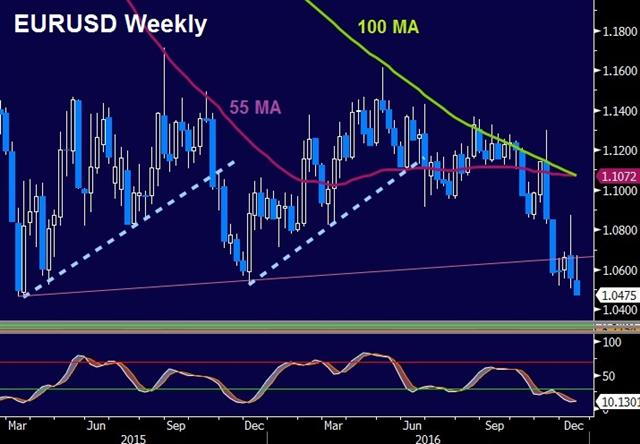
FX markets will monitor to what extent will Asian traders press on EURUSD and take out the 1.0450s seen in March 2015.
Considering that Trump's stimulative fiscal policy will is unlikely to be implemented before Q3 of next year, does it make sense for the Fed to expect two rate hikes in H1, before the fiscal trigger has been struck? Although the market expects just over two rate hikes in 2017, it is important that it is moving along the same direction that of the dotplot.
Of the questions that remain:
1. Will each of the Fed's 6 members calling for 3 hikes be a voter at next year's FOMC lineup? 2. Will the USD run ahead of the Fed's growth forecast, forcing them again to revise down their dots? 3. With the Fed's 2017 GDP forecast raised to 2.1% from 2.0%, does that match the optimism awaiting Trump's spending? Can inflation fill the gap and make the case for such tightening?Fed On Deck, Tankan First
The long-awaited Fed day is finally here, we take a close look. The FX moves on Tuesday were minimal but the S&P 500 continued to break records, adding another 14 points to 2271. The Japanese Tankan is up next. The NASDAQ short was stopped out as the index shot to a new record high. The pre-Fed bideo for Premium subscribers will be posted and send before the Tokyo open.
The Fed is almost certain to hike rates into a range of 0.50-0.75% on Wednesday so what's important is the rhetoric that accompanies the decision.
The key will be signals on what happens next. The market is pricing in a 13% chance of back-to-back hikes and that rises to 30% at the March meeting. It continues to rise to 65% by June with a further 22% chance of a hike above 1%.
The challenge in trading Wednesday will be interpreting the statement, projections and dots. All three will be released at the same time, followed by Yellen's press conference shortly afterwards.
Expect the statement to include some hawkish hints but nothing that appears to commit the Fed to moving. In the past two years they've made the error of hiking in December and promising more, only to slowly walk back over the subsequent year.
Several market watchers expect a repeat. The S&P 500 is hitting record highs and traders remain optimistic about the Trump administration. That sentiment feels rock-solid at the moment but it can evaporate quickly and that's exactly what happened in each of the past two years.
The dots present a particular challenge because they almost always skew hawkishly. Many might argue that the market has trained itself to ignore the consistently-false signal but dollar bulls could once again get caught up in the excitement. What to watch in particular isn't the absolute levels of the dots but the relative change. If Fed members by-and-large move up their end-2017 dots, that will be seen as a signal and spark dollar buying.
One scenario is that a hawkish tilt in the statement combined with a move in the dots sends the US dollar briefly higher only to retrace. Reversals have certainly been a theme late this year and that's a very real possibility Wednesday, especially in the yen crosses.
Speaking of the yen, it will be in focus at 2350 GMT when the quarterly Tankan is released. The survey is expected to show large manufacturer sentiment up to 10 from 6. Also watch the breakdown of small manufacturers and the services sector. It will take months of data to shift the BOJ away from rock-bottom but this could be a beginning, or yet another failure to start.
| Act | Exp | Prev | GMT |
|---|---|---|---|
| FOMC Press Conference | |||
| Dec 14 19:30 | |||
| Tankan Manufacturing Index | |||
| 10 | 6 | Dec 13 23:50 | |
أحد الفروق الملحوظة بين اليوم والعام الماضي هو أنه
ساتناول هذه المسائل المواضيع أكثر تفصيلا في ندوة مساء اليوم الساعة 21:00 بتوقيت مكة المكرمة
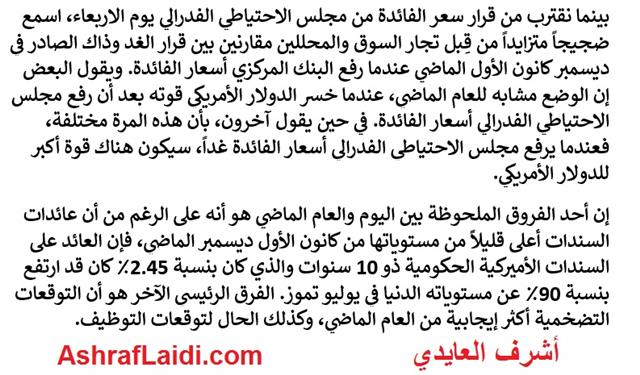
EURUSD: Battle or Repositioning?
The euro rebounded from yet-another test of the 2015 lows on Monday, we look at what's next. The pound was the top performer while the US dollar lagged. Australian house price data and Chinese industrial production are due later. The 2nd CAD trade in the Premium Insights has been filled and in progress. The EURUSD trade remains in progress.
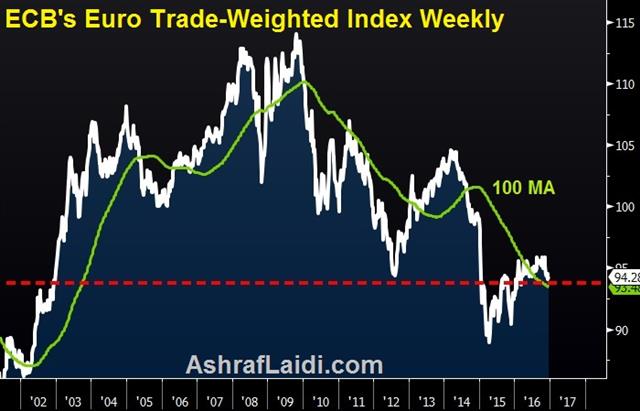
EUR/USD gained nearly a cent to start the week but it only began to unwind a nearly 3 cent drop on Thursday/Friday. An epic technical battle is under way (similar to gold) as the bears press to break the 2015 double bottom. That stretches as low as 1.0462 and will be the critical level through the Fed and in the remainder of the month.
As the battle continues, expect more and more stops to build in the 1.0500/1.0450 zone. Technically, a break below could easily open the way to parity for the first time since 2002 or even the all-time lows at 0.8200.
A trade to the upside would be more challenging to spot. In the short term, a rise above 1.0715 would clear the way for re-test of last week's high but it would take a rally to 1.0900 to spark any real momentum and with year-end fast approaching, the potential for false signals is rising.
The other big move on Monday was the turnaround in USD/JPY. It touched a fresh cycle high at 116.00 only to reverse to finish lower at 114.90. That's a likely sign of jitters ahead of Wednesday's FOMC meeting. A hike is completely telegraphed and that sets up the risk of a 'sell the fact' trade in USD.
Looking ahead, the focus will shift to Australia at the start of Tuesday trading .The first release is the 0030 GMT quarterly house price index. The consensus is for a 4.6% y/y rise, which is a welcome slowdown but the q/q is forecast at 2.5% in a sign that prices could heat up any time.
The other releases to watch are at 0200 GMT when China reports on industrial production and retail sales. The shit to a consumer economy is well-underway, if the numbers can be believed. IP is forecast to rise 6.1% y/y and retail sales +10.2% y/y.
| Act | Exp | Prev | GMT |
|---|---|---|---|
| Industrial Production (y/y) | |||
| 6.1% | 6.1% | Dec 13 2:00 | |
| HPI (q/q) | |||
| 2.6% | 2.0% | Dec 13 0:30 | |
You probably think you know this
You probably think you know which currency is the strongest so far this year among the G10. It is the not USD or JPY, but the CAD. The loonie is up 19% against the GBP, 8% against the euro, 7% against CHF, 5% against USD and 3% against AUD and 1% against JPY and NZD. CAD is also the best performer month-to-date, quarter to date and year-to-date.
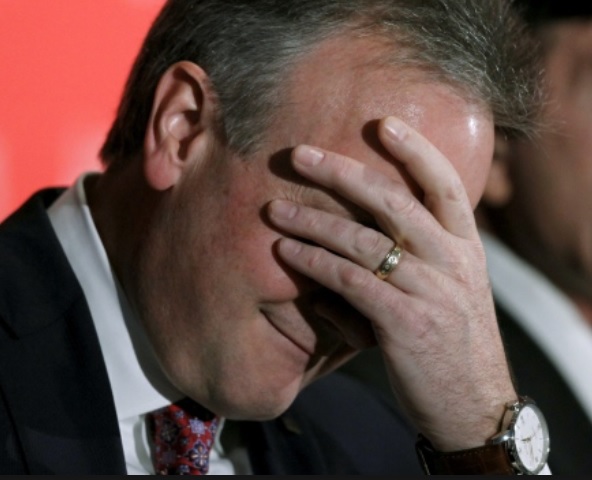
Fearlessness or Confidence?
The 45% recovery in the price oil since the start of the year has played a major role in the comeback of the Canadian dollar. But the story is more than just oil. Remember when oil had plunged to 13-year lows at $26 per barrel in January of this year, or 4 months later when wildfires struck in the province of Alberta, destroying 590,000 hectares, making them the costliest disaster in Canadian history. In neither case did the Bank of Canada cut interest rates. That, was a crucial piece of foresight by the BoC in the face of weighing high-profile events vs economic shocks. Today, Canada's main overnight interest rate is at 0.50%, similar to that the US. Yes, the Fed will raise this week. But Canada will not only benefit from the US recovery, but at a positive fiscal balance and lower interest rate.We could go on, but we'll spare you the details. Meanwhile, 2 Premium trades involving CAD are currently in progress.
ندوة أشرف العايدي مساء الثلاثاء
العملة التي فاجأت الجميع
لعلك قد سمعت الآن بأن قيمة الدولار الأمريكي كانت قد ارتفعت بشكل كبير منذ فوز دونالد ترامب في الانتخابات الرئاسية في الولايات المتحدة. لكن هل تعلم أي من العملات هي الأقوى حتى الان لهذا العام من بين عملات الدول العظمى العشر؟ هذه العملة ليست الدولار الأمريكي أو الين الياباني، وإنما الدولار الكندي. فمنذ بداية العام، ارتفع الكندي بنسبة 19٪ مقابل الدولار الأمريكي، 8٪ مقابل اليورو، 7٪ مقابل الفرنك السويسري، 5٪ مقابل الدولار الأمريكي، 3٪ مقابل الدولار الاسترالي و 1٪ مقابل الين والدولار النيوزيلندي. الأهم من ذلك، أن الدولار الكندي ليس فقط الأفضل أداءاً منذ بداية العام، وإنما الأعلى أداءاً منذ بداية الشهر، ربع السنة، وعلى مدى 3 أشهر الماضية
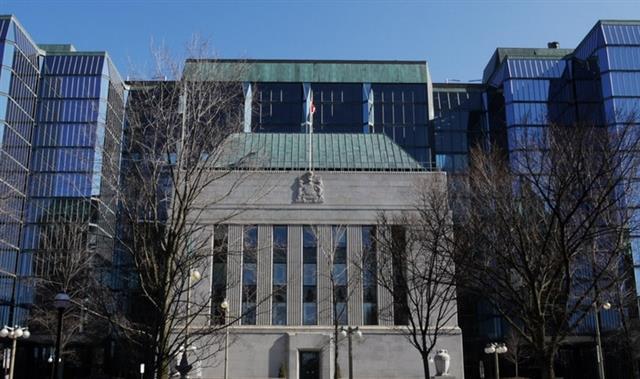
البنك المركزي الذي لا يعرف الخوف
وقد لعب الانتعاش في سعر النفط منذ بداية العام، والذي كان بنسبة 45٪، دوراً كبيراً في عودة الدولار الكندي. ولكن القصة أكثر من النفط فقط. هل تذكر عندما انخفض النفط إلى أدنى مستوياته في 13 عاماً عند 26$ للبرميل في يناير كانون الثاني من هذا العام، أو بعد 4 أشهر عندما وقعت حرائق الغابات في مقاطعة ألبرتا، والتي دمرت 590 ألف هكتار (أو 1.5 مليون فدان)، مما جعلها أغلى الكوارث في تاريخ كندا. لكن البنك الكندي المركزي لم يخفض أسعار الفائدة. شكّل ذلك تطوراً كبيراً في بُعد نظر البنك المركزي في مواجهة التحديات الاقتصادية. اليوم، سعر الفائدة الرئيسي بين عشية وضحاها في كندا هو عند 0.50٪، مماثلة لتلك التي في الولايات المتحدة.
سياسة الضرائب المتقدمة بكثير عن الولايات المتحدة
وعلى الرغم من أن هناك الكثير من التفاؤل في الأسواق المالية وفي الدولار الأمريكي حول التوقعات بأن الولايات المتحدة تتجه نحو تطبيق سياسة الضرائب لتحقيق العمالة الكاملة، وتسبق كندا في هذا الصدد الولايات المتحدة بكثير. لقد خفضت كندا أسعار الفائدة لذوي الدخول المتدنية والمتوسطة، بالإضافة إلى تنفيذ إنفاق أكبر على البنية التحتية في وقت سابق من هذا العام في عهد الرئيس ترودو، الذي تم تعيينه في نوفمبر تشرين الثاني من العام الماضي. وليس من الواضح متى أو إلى أي مدى سينجح الرئيس ترامب في تمرير الإنفاق على البنية التحتية والسياسة المالية التحفيزية التي تمت مناقشتها كثيراً.
فهل يجب أن يتم شطب الدولار الكندي في حالة توقف انتعاش النفط على 60 دولار أمريكي؟ ليس بالضرورة.
OPEC Gets Some Help, CAD = Anti Yen
A group of 13 non-OPEC countries on Saturday pledged to join the cartel in cutting production in January. The Canadian dollar was the top performer last week while the euro lagged. CFTC positioning data showed an aggressive shift into yen shorts. A 2nd CAD trade was added to the existing one, which is over 100 pips in the green.
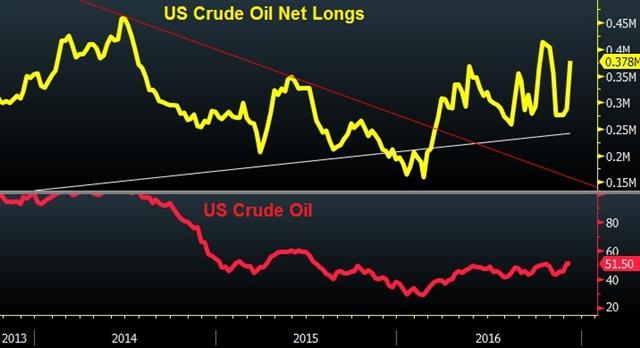
A diverse group of non-OPEC countries from around the world pledged to lower output by nearly 600K barrels per day in tandem with the OPEC cuts announced a week earlier. Russia, Kazakhstan, Oman and Malaysia are part of the group who hopes their participation will boost oil prices close to $60.
The announcement is a win for OPEC and oil bulls but there are questions about whether the cuts are real. Many of the participants were in-line for natural production declines anyway.
The other concern is compliance. With nearly 25 countries now pledging to limit production, any sign of cheating could quickly cause the entire exercise to unravel. To their credit, many of the large OPEC producers have already told their customers that deliveries will be curtailed.
WTI crude was flat on the week as it consolidates just below the key $52 zone. The gains in oil have weighed on USD/CAD, which has now fallen in 7 of the past 8 days.
On Friday, the pound concluded its fourth consecutive day of declines with Fitch affirming its AA-rating and negative outlook. They highlighted a wide range of uncertainties regarding Brexit but said their baseline was that Article 50 will be invoked in Q1 and that Britain will leave the EU two years later. Cable remains in a two-month minor uptrend but it's testing the supporting trendline.
Economic data to begin the week includes Japanese machine orders for October at 2350 GMT. The consensus is for a 1.1% m/m rise but a 4.9% y/y decline. Optimism about the latest round of yen weakness providing a lasting industrial stimulus is nil.
Commitments of Traders
Speculative net futures trader positions as of the close on Tuesday. Net short denoted by - long by +.EUR -115K vs -119K prior JPY -34K vs 0K prior GBP -77K vs -78K prior CHF -25K vs -24K prior AUD +21K vs +21K prior CAD -18K vs -19K prior NZD -2K vs +2K prior
The only notable move was a big one – the Japanese yen. Speculators were beaten up by yen longs in the aftermath of the US election and now they have finally thrown in the towel and quickly piled into shorts. The move higher in USD/JPY has been swift and dramatic but there is still plenty of ammunition on the sidelines.
| Act | Exp | Prev | GMT |
|---|---|---|---|
| Core Machinery Orders (m/m) | |||
| 1.3% | -3.3% | Dec 11 23:50 | |

